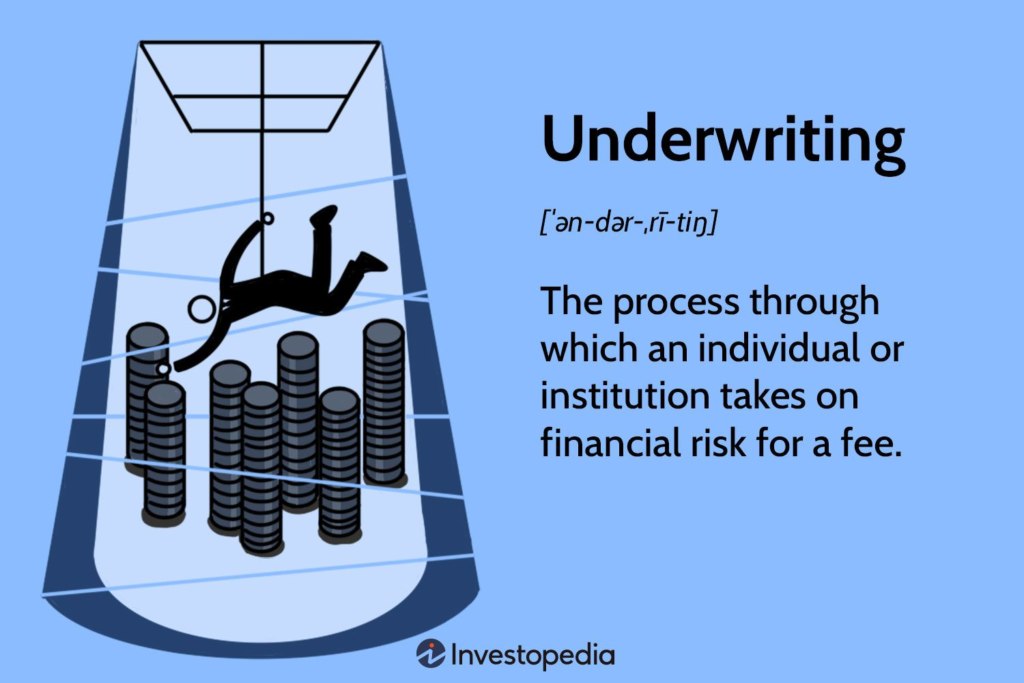AUTHOR : SAYYED NUZAT
DATE : 25-08-2023

Introduction
In the fast-paced world of financial transactions, payment processing underwriting plays a crucial role in ensuring the smooth flow of funds and minimizing risks. This behind-the-scenes process might not be in the spotlight often, but it’s the backbone of secure and efficient payment systems. In this article, we’ll delve into the depths of payment processing underwriting, understanding its significance, process, and also impact on businesses and consumers.
Payment processing underwriting is a fundamental[4] process in the financial world that assesses the risk associated with accepting and also processing payments. This ensures that businesses, financial institutions, and also payment processors can confidently facilitate transactions[5] without compromising security.
What is Payment Processing Underwriting?
At its core, payment processing underwriting is a risk evaluation process that determines whether a business or individual is eligible to receive payment processing services. It involves scrutinizing various factors to assess the potential risks and also benefits associated with providing these services.
The Underwriting Process Explained
Gathering Applicant Information
The underwriting process begins with collecting comprehensive information from the applicant. This information includes financial history, transaction volumes, business model, and more.
Risk Assessment
After data [1]collection, a meticulous risk assessment takes place. This step involves analyzing the gathered information to understand the applicant’s risk profile.
Decision Making
Based on the risk assessment, underwriters make informed decisions. They evaluate whether to approve the applicant for payment processing services, apply specific restrictions, or decline the application.
Significance in Payment Industry
Payment processing and also underwriting holds immense significance. It prevents fraudulent activities, reduces chargebacks, and contributes to the overall security[2] of financial transactions.
Different Underwriting Approaches
Traditional Underwriting
Traditional underwriting involves a manual review of each application. While time-consuming, it provides a nuanced understanding of the applicant’s risk.
Automated Underwriting
Automated underwriting utilizes algorithms to make swift and also consistent decisions. It’s efficient but might overlook certain contextual nuances.
Rule-Based Underwriting
Rule-based underwriting applies predefined criteria to applications. It’s efficient, though less adaptable to unique cases.
Factors Considered in Underwriting
Credit History
Credit history plays a pivotal role. A solid credit[3] history often leads to favorable underwriting outcomes.
Transaction Volume
Transaction volume helps assess the scale of operations and also associated risks.
Business Type
The nature of the business can influence underwriting [4]decisions. High-risk industries might face stricter scrutiny.
Risk Mitigation and Fraud Prevention
Identity Verification
Underwriting involves verifying the applicant’s identity to prevent impersonation and fraud.
Anti-Money Laundering (AML) Checks
AML checks are crucial to prevent the processing of funds from illegal activities.
Impact on Businesses
Sound underwriting practices bolster business credibility, allowing them to offer a range of payment options with confidence.
Balancing Risk and Growth
Avoiding Overly Restrictive Underwriting
Being overly cautious can stifle growth. Finding the balance between risk mitigation and also business expansion is key.
Managing High-Risk Accounts
Businesses[5] dealing with high-risk transactions must implement specialized underwriting measures.
Challenges and Solutions
Adapting to Industry Trends
Technological advancements necessitate ongoing underwriting process updates.
Embracing Technology
Utilizing AI and machine learning can enhance accuracy and also efficiency.
The Human Touch in Underwriting
Despite automation, human expertise remains invaluable, especially in complex cases.
Future of Payment Processing Underwriting
The future holds streamlined processes, enhanced by AI and also data analytics, leading to quicker, yet more precise, underwriting decisions.
Conclusion
Payment processing underwriting serves as a vital guardian of secure financial transactions. By meticulously evaluating risks, businesses can offer reliable payment services, fostering trust among consumers and also partners.
FAQs
- What is payment processing underwriting? Payment processing underwriting is the assessment of risk associated with providing payment processing services to businesses and individuals.
- Why is payment processing underwriting important? It prevents fraud, reduces chargebacks, and also ensures the security of financial transactions.
- What factors influence underwriting decisions? Factors like credit history, transaction volume, and business type are considered during underwriting.





